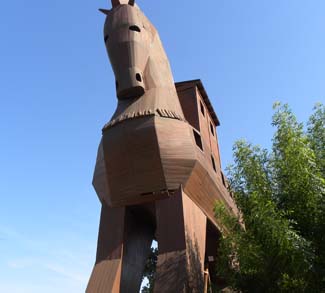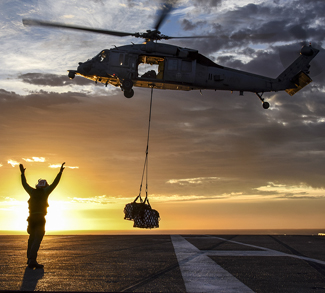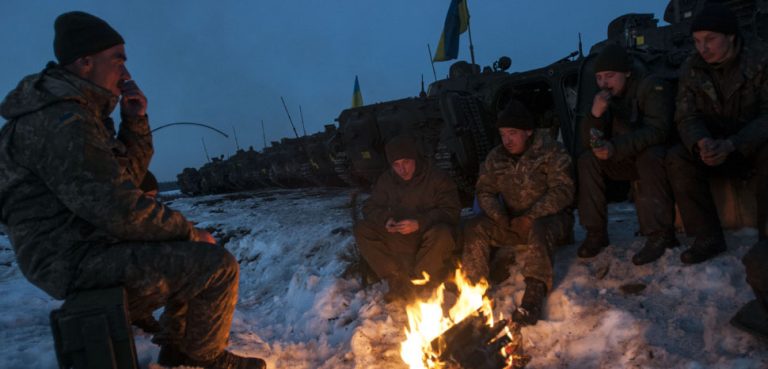After little speculation, Dutch Prime Minister Mark Rutte will succeed Jens Stoltenberg as NATO’s next Secretary General in October. Rutte was the leading candidate of the United States, UK, and other major NATO powers, with his only competitor being Klaus Iohannis, the president of Romania. In choosing Rutte, NATO has made a safe, but not a bold choice. Rutte is more than qualified, having served as Dutch prime minister since 2010 and he is a vocal supporter of Ukraine. However, Rutte will be fourth NATO secretary general to hail from the Netherlands. This has not gone unnoticed by Estonian Prime Minister Kaja Kallas and other Central European leaders, who feel the strategic center of the alliance is moving eastwards and its leader should reflect this changing dynamic. While the Netherlands has just barely passed the threshold of spending 2% of its GDP on defense, Poland and the Baltic states are all in the 3-4% range with further increases likely in the years ahead. Thus, for Rutte to succeed in his position, he will have to balance the historical leadership role of Western Europe in NATO with the historical memories of the Baltic and Central European NATO member states who have long been the most principled in the face of Russian aggression.
Known for his ability to survive both political scandals and the fraught formation of coalition governments in the Netherlands, Rutte is also known to be a ‘Trump whisperer’ capable of forming a positive relationship with the former and possibly future president. While in office, Trump often railed against NATO member states to contribute their fair share to the alliance, and he has more recently suggested that US assistance must be contingent on allies reaching their 2% pledge. Partly in response to Trump but mainly in response to Russia’s full-scale invasion of Ukraine in 2022, NATO member states have stepped up, with 23 out of 32 now spending 2% of their GDP on defense. As a result, Rutte will inherit a stronger and more unified alliance, albeit one with notable detractors like Hungary, which had to receive assurances from Rutte that ‘no Hungarian personnel will take part in the activities of NATO in Ukraine.’ This contrasts with President Macron who is pushing for a more active role for French forces in Ukraine yet is cognizant of the fact that the far-right National Rally may hold the prime minister post in France after upcoming legislative elections. Thus, there remain unknowns in both European and American politics, both before and after Rutte assumes his new role in October, with consequences for NATO’s long-term support for Ukraine.
As the alliance celebrates its 75th anniversary in Washington DC next month, there is much for NATO leaders to celebrate but also to be wary of in the months and years ahead. NATO’s relevance is as strong as ever, but its boldness and confidence remain in question, namely from some member states more than others. At the upcoming Washington summit, NATO’s commitment to Ukraine is likely to remain a sticking point just as it was at the Vilnius summit last year. Washington and Berlin are reportedly eager to say Kyiv has a ‘bridge’ to joining NATO, while the UK, Poland, and Baltic states are determined to declare Kyiv’s path towards NATO as ‘irreversible.’ The United States and Germany remain the most cautious of extending NATO membership to Ukraine, with France and the UK also injecting more uncertainty into the equation dependent upon their respective election results.
As Rutte gets ready to take the helm of one of the world’s most successful defensive alliances, the main issue facing all member states is not whether to support Ukraine on its path to Euro-Atlantic integration, but to what extent. NATO will need to remain nimble yet ironclad simultaneously, drawing upon the strengths of new members as it faces its most strategically significant accession process since the former Soviet republics in the Baltics and the Warsaw Pact states joined in 1999 and 2004. Rutte will undoubtedly be as talented an administrator and a facilitator as Stoltenberg was, but for NATO to truly excel it must also be helmed by an innovator who is molded by, but not wedded to, history. This is Estonia’s strength and why Prime Minister Kaja Kallas has been such a transformative figure since Russia’s full-scale invasion of Ukraine over two years ago. NATO’s power center in the form of its secretary general may be staying in Western Europe but its moral center has undoubtedly shifted east. In order to effectively lead a dynamic alliance with Ukraine and Georgia on the road to becoming proud member states, Rutte should embrace this dynamic so that no enmity builds at a time when even the smallest crack can embolden Putin.
The views expressed in this article belong to the author(s) alone and do not necessarily reflect those of Geopoliticalmonitor.com.




